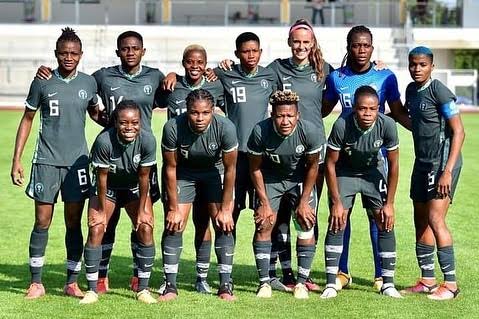The Donbas region borders Russia in the east of Ukraine, and has been an important coal mining area since the late 19th century.
The region is important to Russia’s current vision for Ukraine, as it contains areas controlled by Russian backed separatist groups, including the Donetsk People’s Republic and the Luhansk People’s Republic, officially recognised by Putin ahead of his invasion.
Because of its proximity to Russia, Donbas is perhaps the area of Ukraine in which pro-Russian or anti-Ukrainian sentiment is strongest.
Pro-Russian and antigovernment chaos first took hold of the region in 2014, following the Revolution of Dignity, which eventually led to the annexation of Crimea by Russia. The self-proclaimed republics held referendums on the status of Donetsk and Luhansk in May 2014, the referendums were viewed as illegal by Ukraine and undemocratic by the international community.
The Trumpet reports that the referendums also showed that a large percentage of the population were in favour of independence from Ukraine. Before Russia’s full-scale invasion, Donbas was split between Ukrainian-held territory, constituting about two-thirds of the region, and Russian-held territory, constituting about one-third.
A month into the invasion, Russia declared its main goal was the “liberation of Donbas” referring to Ukraine’s eastern regions of Luhansk and Donetsk. Upon launching his invasion, Putin said it was partly intended to “protect” the people of the Donbas from the “abuse” and “genocide” of the Ukrainian government, though there is no evidence to support these claims.
Russian President Vladimir Putin officially recognized the independence of the regions of Donetsk and Luhansk, known together as the Donbas, in eastern Ukraine. Putin signed documents purportedly declaring the regions were no longer part of Ukraine after Russian speaking separatist leaders of the regions had appealed for the declaration.
More than a third of this area was already seized by Russian-backed separatists in a war that began in 2014, now Russia wants to conquer all of it. Russians made up the majority of the industrial workforce and the population of cities while Ukrainians dominated rural areas. For almost eight years the breakaway enclaves have been the site of a low-intensity war between Russian-backed separatists and Ukrainian forces which has left more than 14,000 people dead.
Read Also: Manufacturer flays FG over constant collapse of national grid
Other cities located within the Donbas region include Mariupol, Luhansk, Makiivka, Horlivka, Kramatorsk, Sloviansk, Alchevsk, Sievierodonetsk, and Lysychansk. The city of Kramatorsk is the interim administrative centre of the Donetsk Oblast, whereas the interim centre of Luhansk Oblast is Sievierodonetsk.
The Donetsk People’s Republic (DNR) and the Luhansk People’s Republic (LNR) have not been recognized by any nation until Russia did so. It has been giving them financial and military support since their formation, and has granted Russian passports to hundreds of thousands of people there. Kremlin spokesman, Dmitry Peskov said Moscow was demanding that Ukraine cease military action, change its constitution to preserve neutrality, acknowledge Crimea as Russian territory, and recognise the separatist republics of Donetsk and Lugansk as independent states.
He said all the demands have been formulated and handed over during the first two rounds of talks between Russian and Ukrainian delegations. Moscow had been forced into taking decisive actions to force the demilitarisation of Ukraine, he said, rather than just recognising the independence of the breakaway regions.






